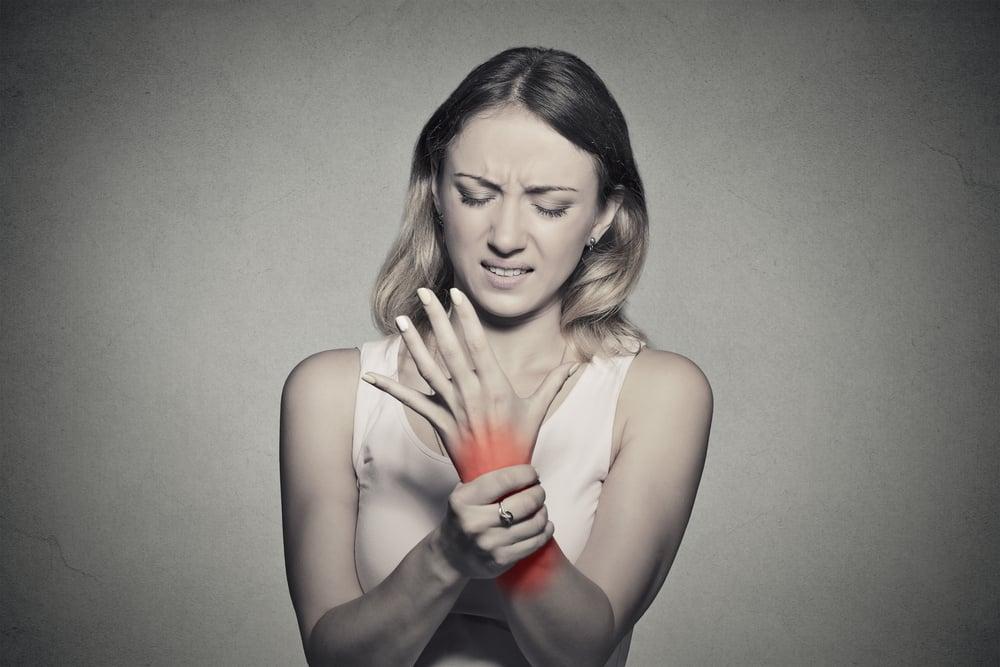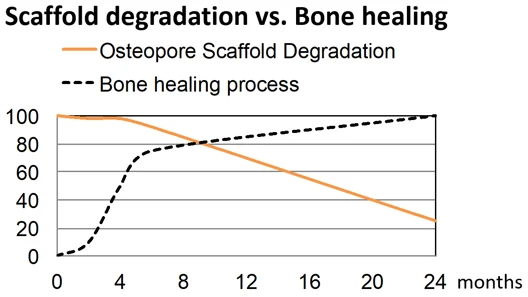
What are bioresorbable implants and why Osteopore is committed to them
At Osteopore, we are global leaders in the design and manufacture of regenerative biomimetic scaffolds. Our bioresorbable implant is the first of its kind to be successfully developed and commercialised for surgical use.
Our implants facilitate natural bone growth across a void – and are made of a bioresorbable polymer that is designed to be metabolized into water and carbon dioxide within the body after performing its function, leaving only natural, healthy bone.
The word “bioresorbable” means biodegradable, and naturally absorbed. To give an example, a bioresorbable stent or stitches are eventually absorbed by the body over time. In implant dentistry, bioresorbable materials are often used in guided bone regeneration, or bone grafts.
Osteopore has specifically chosen to use bioresorbable polymers as the nature of this material makes it particularly well-suited to use in craniofacial, orthopaedic and dental surgery. It disappears over time thereby avoiding almost all post-surgery complications commonly associated with permanent implants.
How do Osteopore implants participate in the repair of a broken bone?
A broken bone heals naturally in four stages, as illustrated in the diagram below:
- the formation of hematoma at the break
- the formation of a fibrocartilaginous callus
- the formation of a bony callus
- remodelling and addition of compact bone
Osteopore implants participate in this process by providing a conducive and organized matrix to direct the healing process. These scaffolds are particularly useful in the bridging of bone voids that the body is unable to heal on its own.
How is regeneration effected in Osteopore’s implants?
Osteopore combines 3D printing with bioresorbable polycaprolactone (PCL) to create a conducive environment for bone cells and blood vessels to grow into. As PCL degrades and is absorbed by the body over a period of 18-24 months, natural tissue regeneration occurs and eventually the patient’s own natural bone takes over.
The diagram below illustrates the process further:

How can we improve bone regeneration in challenging cases?
Due to the unique microstructure, Osteopore’s implants are easily combined with various biological components that are derived from the patient, such as platelet rich plasma/fibrin and bone marrow. To improve the regenerative potential of our implants, further research and development is possible based on our manufacturing process being amenable to the addition of growth stimulants such as tricalcium phosphate and magnesium, both of which are natural components of human bone.